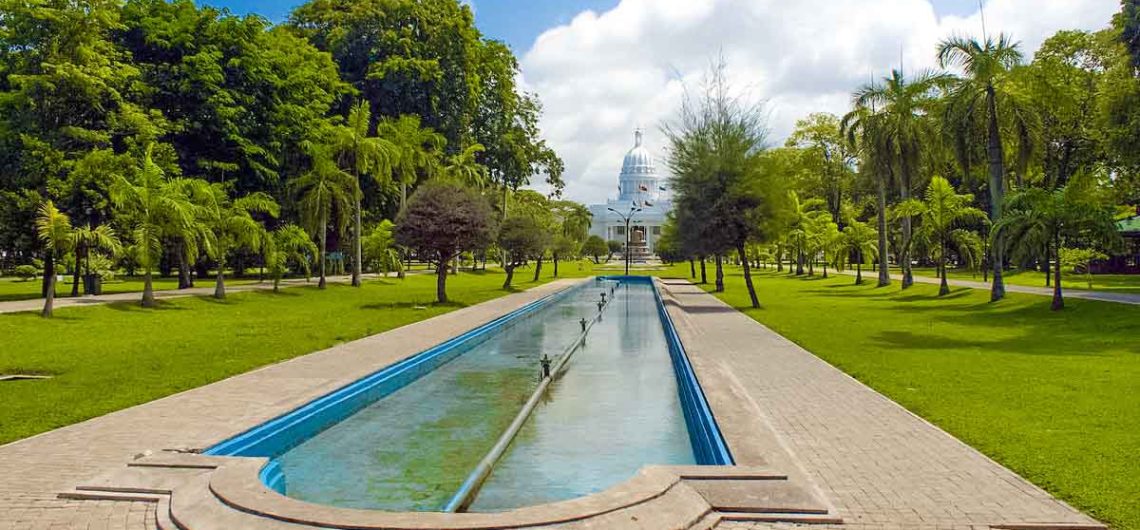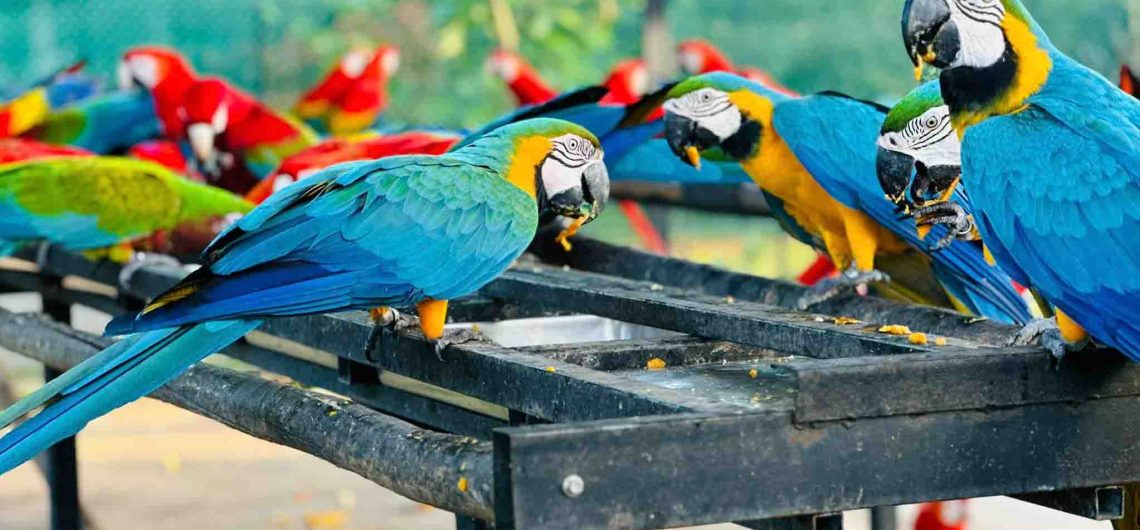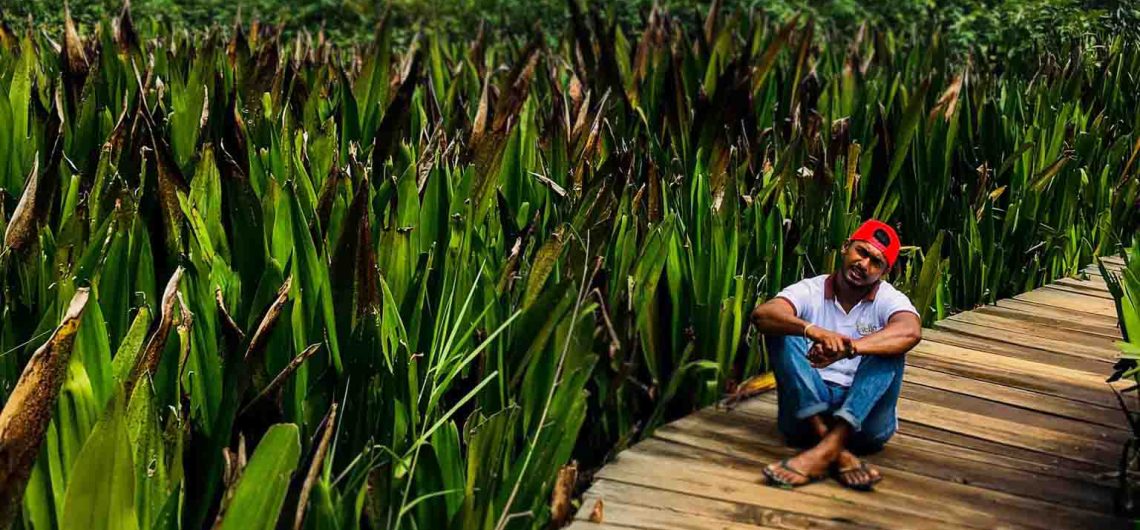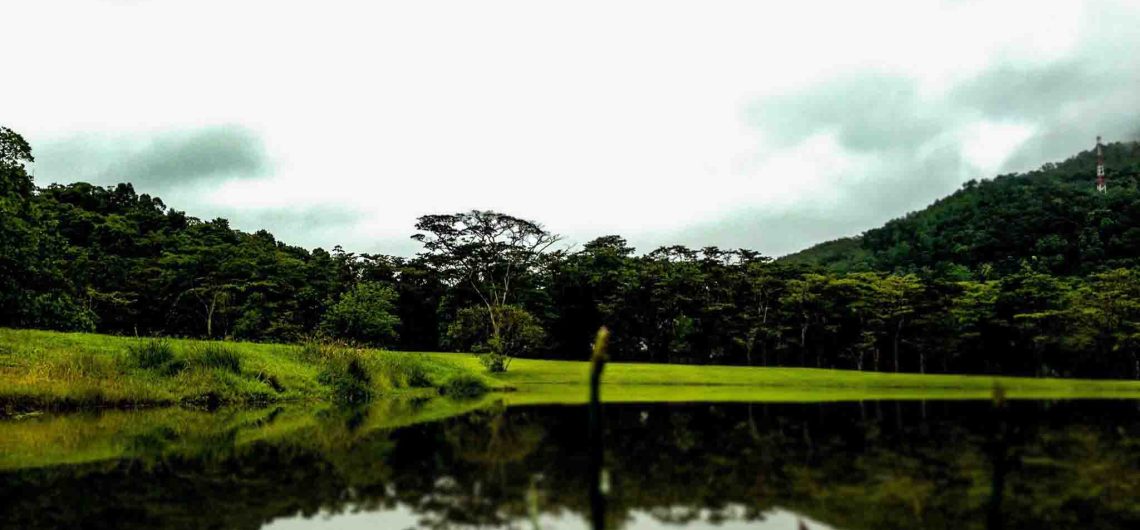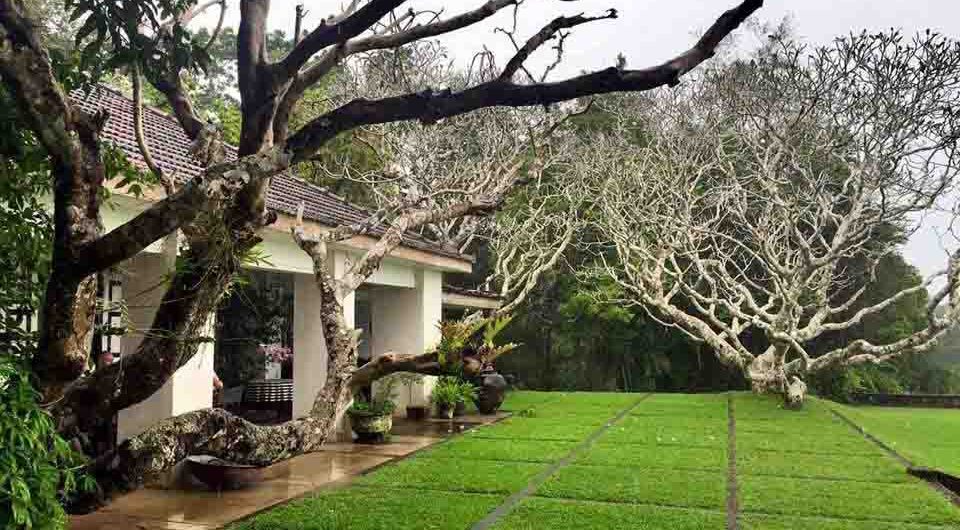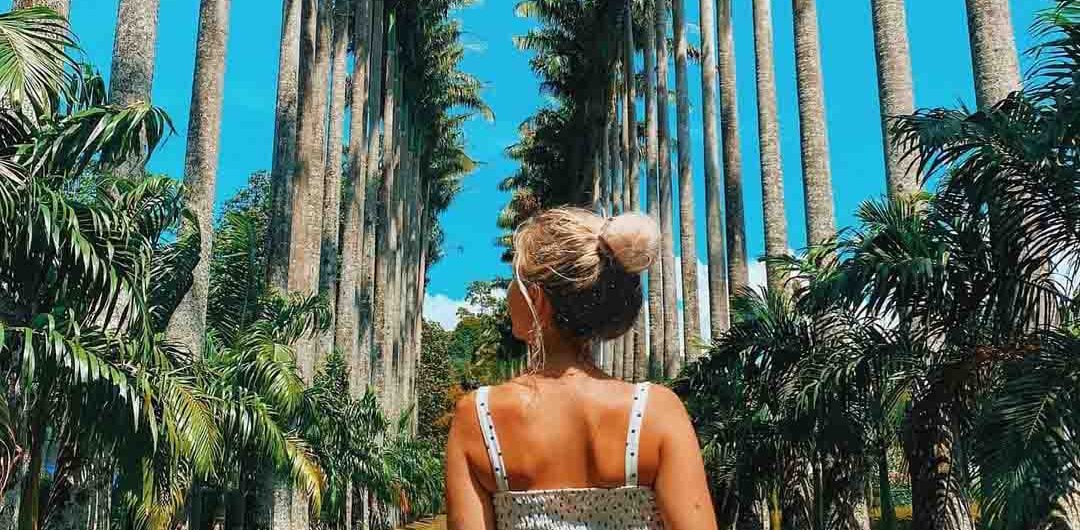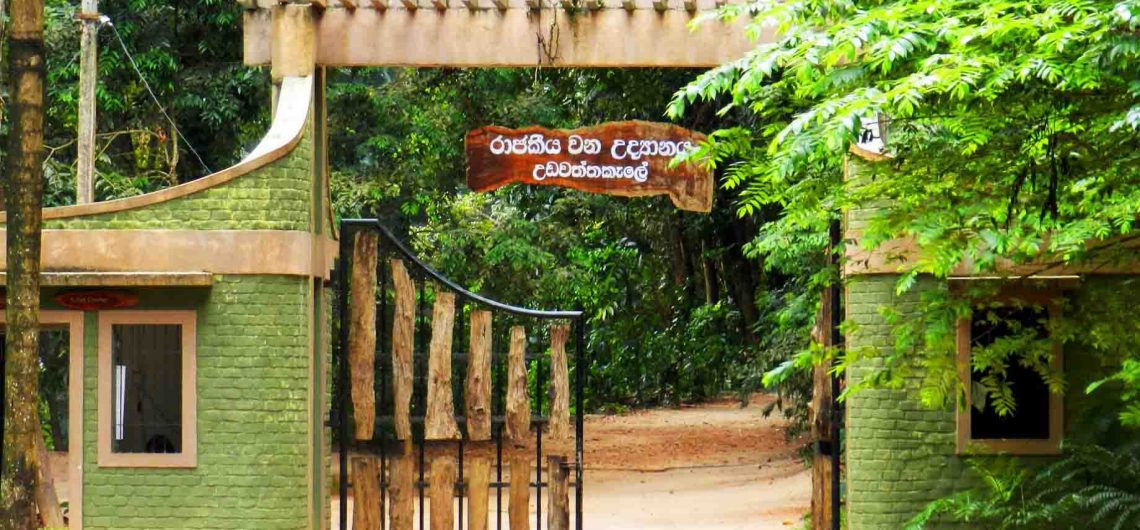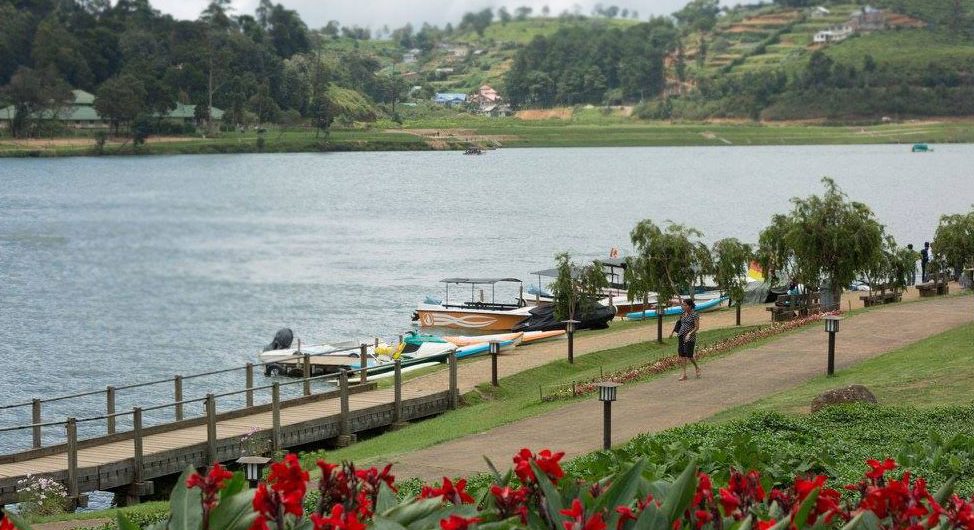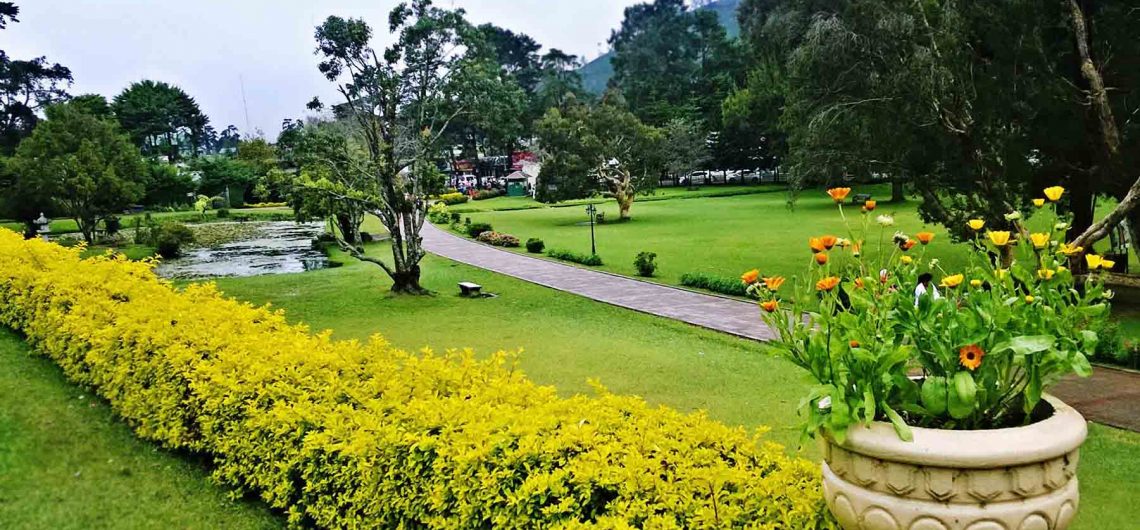Seethawaka Botanical Garden is one of the five botanical gardens in Sri Lanka. It is a 42-hectare (106-acre) garden that is situated near the Avissawella of the western province. The place is booming and is a favorite of most travelers who love nature and the calm environment of Sri Lanka. Location Seethawaka Botanical Garden is situated in the Colombo district of the Western Province. It is 45km away from the capital, Colombo, which takes 90 minutes to reach. But it is very close to Avissawella, where you only need to drive 8km. Here you can see the Google Map location of the destination: To reach this beautiful garden, you must drive through the Puwakpitiya-Thummodara route until you reach the Illukowita village. Then you can easily find the directions to the garden. It is also adjacent to the Indikada Mukalana Forest Reserve. More about Seethawaka Botanical Garden Somebody called this garden ‘Seethawaka Wet Zone Botanical Garden’. In here, you can see many plant species from the wet zone of the country. The garden is also somewhat similar to the ‘Peradeniya Botanical Garden. A cool and calm place where you can further observe well-maintained landscaping. The garden consists of a rose garden, a fernery, a lovely viewpoint, a series of ponds, a medicinal garden, a spice garden, an orchid garden, a butterfly garden, a Japanese garden, and a pebble garden. Here, you have a large area to walk. For that, you can hire a golf cart. But it's better to walk the entire park on foot while enjoying nature. A beautiful stream flows through the garden, where it has made an artificial lake. If you wish, then you can hire a swan boat to paddle throughout that man-made lake. In the center of the garden, there is a lovely
Seethawaka Botanical Garden is one of the five botanical gardens in Sri Lanka. It is a 42-hectare (106-acre) garden that is situated near the Avissawella of the western province. The place is booming and is a favorite of most travelers who love nature and the calm environment of Sri Lanka.
Location
Seethawaka Botanical Garden is situated in the Colombo district of the Western Province. It is 45km away from the capital, Colombo, which takes 90 minutes to reach. But it is very close to Avissawella, where you only need to drive 8km.
Here you can see the Google Map location of the destination:
To reach this beautiful garden, you must drive through the Puwakpitiya-Thummodara route until you reach the Illukowita village. Then you can easily find the directions to the garden. It is also adjacent to the Indikada Mukalana Forest Reserve.
More about Seethawaka Botanical Garden
Somebody called this garden ‘Seethawaka Wet Zone Botanical Garden’. In here, you can see many plant species from the wet zone of the country. The garden is also somewhat similar to the ‘Peradeniya Botanical Garden. A cool and calm place where you can further observe well-maintained landscaping.
The garden consists of a rose garden, a fernery, a lovely viewpoint, a series of ponds, a medicinal garden, a spice garden, an orchid garden, a butterfly garden, a Japanese garden, and a pebble garden. Here, you have a large area to walk. For that, you can hire a golf cart. But it’s better to walk the entire park on foot while enjoying nature.
A beautiful stream flows through the garden, where it has made an artificial lake. If you wish, then you can hire a swan boat to paddle throughout that man-made lake. In the center of the garden, there is a lovely viewpoint. You can view a beautiful picture of the park and the surrounding areas from there.
Flora
As we mentioned earlier, you can observe many varieties of wet zone plant species in the Seethawaka Botanical Garden. The area was initially a land of both tea and rubber cultivation in the 20th century. Then it transformed into research and conservation for the wet zone flora of Sri Lanka. The threatened and vulnerable endemic plant species have been exported to the area from the Sinharaja Rain Forest, and then it has been conserved to grow and protect those plant species.
Established in 2014, the garden is currently managed by the Department of National Botanical Gardens of Sri Lanka. Here you can observe gorgeous trees, including many bamboo trees. However, you cannot see many flower types in other botanical gardens in Sri Lanka.
Tickets
You need to buy a ticket to enter the Seethawaka Botanical Garden. The ticket price for local adults is 100 rupees. But it is 3000 rupees for foreign adults and 1500 rupees for foreign children. The tickets are issued at the main entrance before entering the park.
Opening Days and Opening Hours
The garden is open the whole year. But most believe mornings and evenings are the perfect time to visit this beautiful garden.
Opening hours of the day: from 7.30 a.m. to 6 p.m.
Ticketing Hours: from 7.30 p.m. to 5 p.m.
Facilities of the Seethawaka Botanical Garden
There are good sanitation facilities available in the Seethawaka Botanical Garden. A shop is situated inside the garden, which is not far from the main gate. You can buy food and other necessities from that shop. Water taps and leisure areas are also available for visitors. The garden is also a fantastic spot for photoshoots. It is also open for shooting a music video or a film.
Conclusion
Seethawaka Botanical Garden is a fabulous spot for nature lovers. Anyone can visit this lovely park, forgetting all the stress and urban life. We can recommend this park for a half-day tour, which you can visit if you are visiting or crossing the Avissawella area.
Other Nearby Travel Destinations in the Region:
- Aanmudu Ella Falls
- Kumari Ella Falls
.
.
( Seethawaka Garden Cover Image Credit: Motionflix Photography from Facebook)

